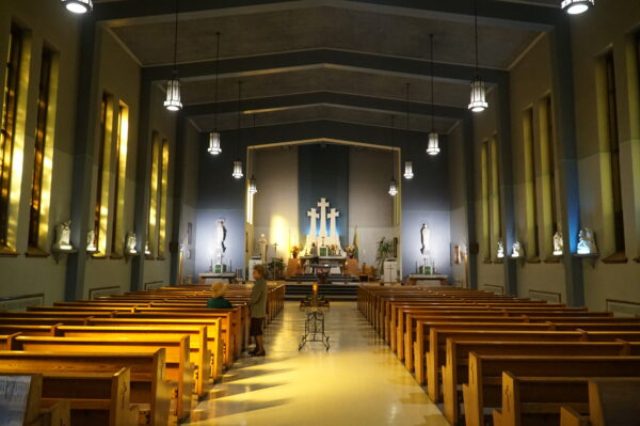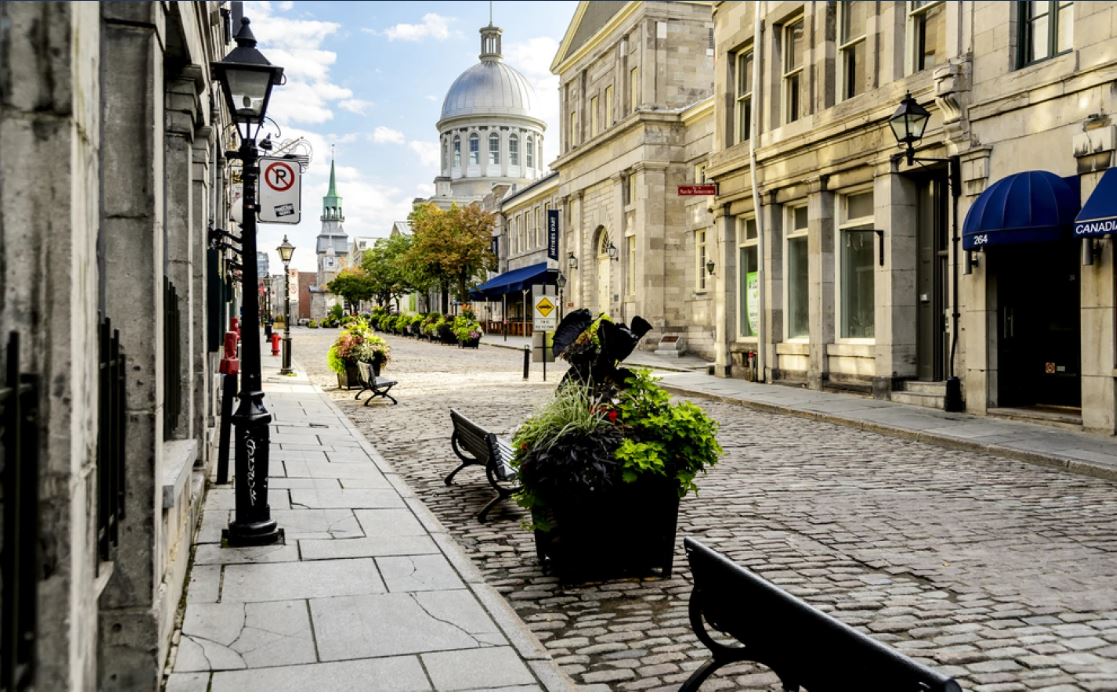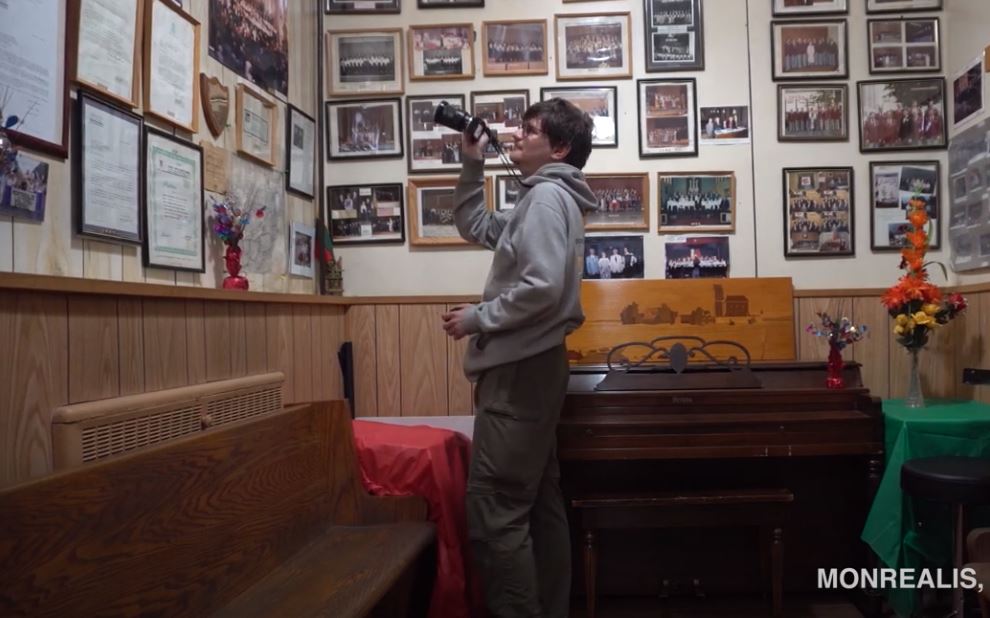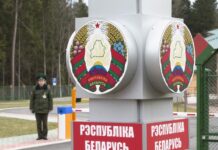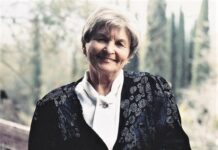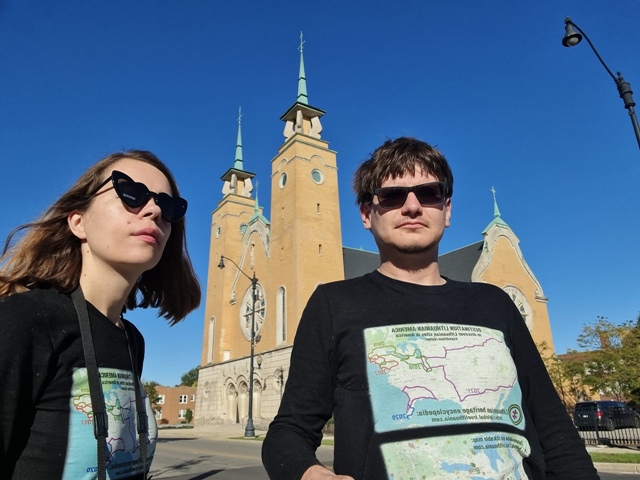
World travellers Aistė and Augustinas Žemaičiai are a young couple from Lithuania, who made it their mission to find footprints of Lithuanian heritage throughout the world. The result: http://global.truelithuania.com/ – an encyclopedia of Lithuanian Heritage in Asia/Africa, Canada, Europe, Latin America, Oceania and USA. Their North American journey of 33,000 kilometres took five years, after which they presented an interactive map (http://map.truelithuania.com/en/) within a fascinating website, featuring over 750 sites in North America – specifically in 30 US states and Canada. These are Lithuanian cemeteries, churches, clubs, gravesites of famous Lithuanians, places with Lithuanian names and monuments. They were all visited, photographed, and filmed by Aistė and Augustinas, who listened to all the stories about them and created the website.
They visited all ten provinces in Canada and travelled about 20,000 kilometres. In 2019 they saw the areas most populated by Lithuanians – Southern Ontario and Montreal. In 2022 they went to Edmonton and Vancouver, and in 2023 they reached the furthest places in Canada where there were traces of Lithuanians – from the former church and club in Winnipeg to Sydney Mines, Nova Scotia, where the first Lithuanians had settled in Canada in the early 20th century; from the monument in Thunder Bay to the sign of Gediminas by a lake in Quebec’s Laurentian mountains.
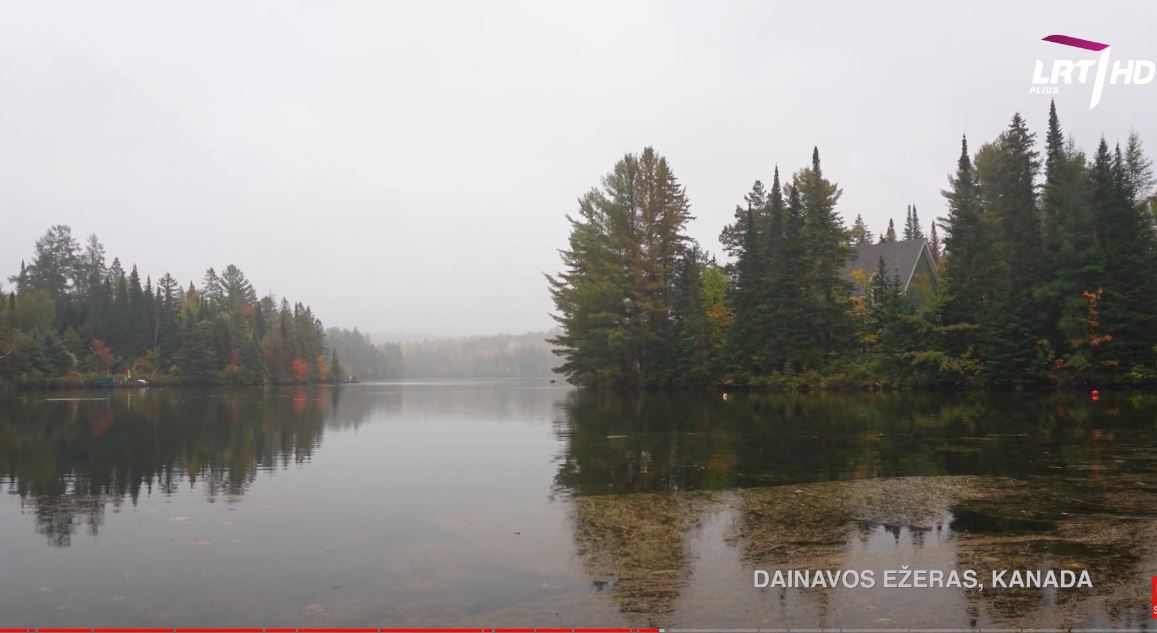 We have published the story of their expeditions in three parts in Lithuanian, and now present the series for our English readers.
We have published the story of their expeditions in three parts in Lithuanian, and now present the series for our English readers.
The story begins in Montreal, with its beautiful old-town, cathedral and impressive St. Joseph’s Oratory. Montreal has many Lithuanian buildings and monuments, which the couple explored in 2019.
They reached the Our Lady of the Gates of Dawn Church (above) after visiting the youth camp “Neringa” in Vermont. The parish’s sizeable choir will be participating in the 2024 Song Festival in Lithuania.
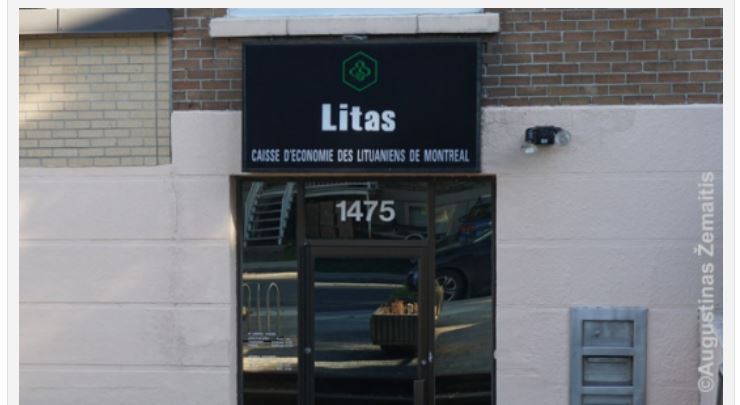 The Lithuanian Credit Union “Litas” has closed, but the church, built in 1954, is still active, as is the first Lithuanian parish in the diaspora, St. Casimir’s, established in 1907.
The Lithuanian Credit Union “Litas” has closed, but the church, built in 1954, is still active, as is the first Lithuanian parish in the diaspora, St. Casimir’s, established in 1907.
Outside the city, back in 2019 Aistė and Augustinas visited Lake Dainava, easy to find on any map. An even more popular Lithuanian lake called Sylvere is further in the Laurentians. Prof. Milda Danytė, author of the book “Lithuanian immigration to Canada After the Second World War“, had told the travellers about this Lithuanian hub. Kristina Jaugelis, who grew up in Montreal and later moved to Vancouver, spoke of the Columns of Gediminas on a hillside, “like the Hollywood sign in Los Angeles”. Most of the regulars at the lake no longer summer there.
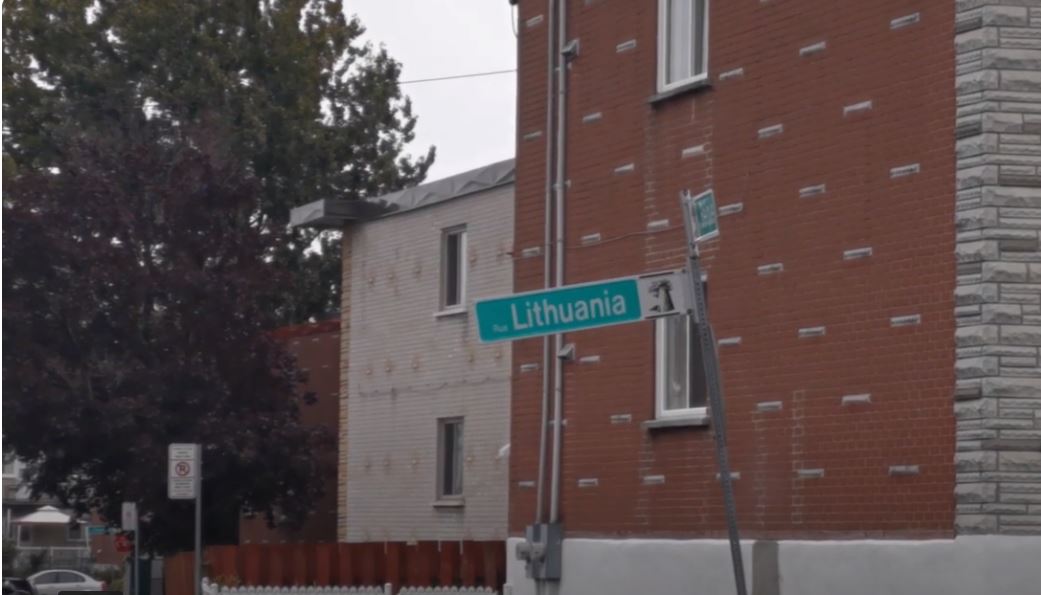 The Lithuanian camp “Baltija” was active from 1963 to 1997, but the land was bought back by the government because the community did not have the funds to maintain it. Two streets in summer cottage areas have Lithuanian names – one after cottage owner Diana Gentemann, and one called Neris, thanks to the efforts of Sylvain Bulota.
The Lithuanian camp “Baltija” was active from 1963 to 1997, but the land was bought back by the government because the community did not have the funds to maintain it. Two streets in summer cottage areas have Lithuanian names – one after cottage owner Diana Gentemann, and one called Neris, thanks to the efforts of Sylvain Bulota.
The history of those places are similar. Many Montreal Lithuanians were businessmen, who purchased land, laid roads and built up towns, so they were allowed to choose the street names. Diana Gentemann’s father was German, but married a Lithuanian and loved Lithuanian culture. He built a town at Lac à La Truite, and named a street after his daughter Diana. She now owns a cottage rental business there, and continues the tradition of Lithuanian names, with new cottages called “Žiema“ (Winter), “Vasara“ (Summer), and “Ežeras“(Lake). She called one street “Nida”, because she married her husband in that town in Lithuania.
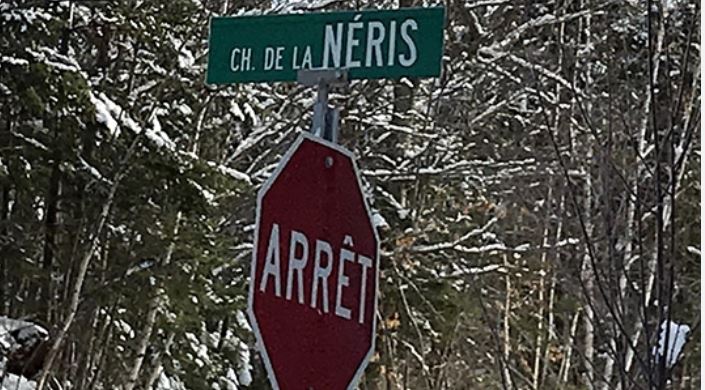 Neris Street
Neris Street
The Bulota family named their street “Neris”, and Sylvain, owner of Villa Neris makes wine there and calls it by the same name. Lake Dainava came about in a similar way, when the government allowed the purchase of an undeveloped area around a “wild” lake and allowed roads to be built. Thus new “summer places” were born.Lake Dainava, Canada
The legendary Lac Sylvère never did acquire a Lithuanian name. Lake Dainava was smaller, while there were about 30 out of 200 lots owned by Lithuanians around Sylvère. There are still Lithuanian tricolors to be seen flying on a few properties in the area.
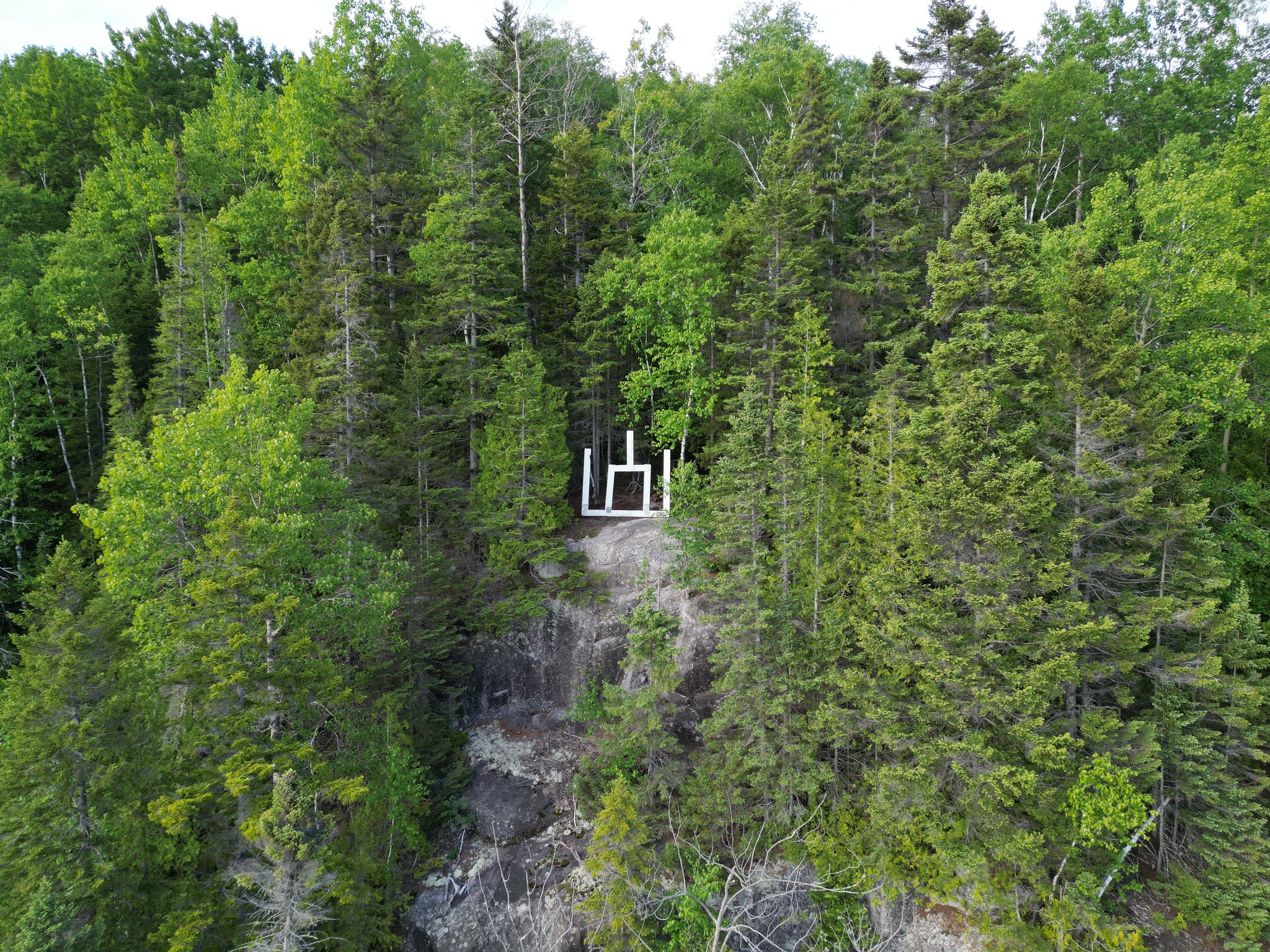
The Columns of Gediminas on the shore of Lac Sylvère
Other “Lithuanian” lakes were also spoken of, but no one could provide solid information about them. One mystery remains. Who is the Senkus that a street in Montreal is named after (Rue Senkus)? Some Lithuanian Montrealers know of it, but have no facts about him.
Many Montreal Lithuanians still speak the language, which the travellers found to be rare in older communities. A number of Lithuanian Canadians started out in Montreal, but left once separatism gained momentum and residents were required to learn French.
From Montreal Aistė and Augustinas travelled east, through 2000 uninhabited kilometres of Labrador to Blanc Sablon, with its ferry to Newfoundland. They were surprised to realize how vast Canada is: once in Newfoundland, they were closer to Lithuania than they were to Vancouver.
Read more next week…
